As a child, Murao Junpei is captivated when a male ballet soloist takes to the stage at his sister’s ballet recital. A passion awakened in him, Junpei asks his parents if he can start doing ballet. His father – a stunt coordinator for films – suggests he tries something “manlier” like Jeet Kune Do, but supports his son when he sees how happy he is when he dances. The very next day, Junpei goes with his mother to apply for ballet lessons. After a scrap with his soccer team members, who tease him for doing ballet – which they also deem unmanly – Junpei redoubles his commitment to learning ballet.
Tragically, his father suddenly dies that day, and Junpei gives up on ballet to become the man of the house.
Dance Dance Danseur – the MAPPA anime adaptation of George Asakura’s long-running manga series – follows Murao Junpei’s journey from athletic soccer player and martial artist to his total immersion in the world of ballet.
Years pass, and Junpei is now in junior high. Despite abandoning his dreams of dancing after his father’s death, Junpei nevertheless retains his love for the art form, hiding his passion away and dancing by himself in secret. During choir class, Junpei is showing off some Jeet Kune Do, when he does a leaping kick that catches the eye of fellow student Godai Miyako.
After school, Junpei receives a strange visit from Miyako, who asks him to repeat the kick – noting that it looks a lot like a ballet leap – and tells him to come with her. Junpei, fascinated by the beautiful girl’s attention, follows her to the Godai ballet school to meet with Godai Chizuru, Miyako’s mother and instructor at the ballet school. Overcoming his reservation, Junpei dances his ballet for Chizuru and Miyako, finally expressing his long-repressed love for ballet. Despite her initial misgivings and harsh criticisms of Junpei’s unpolished, self-taught dancing, Chizuru nevertheless inwardly acknowledges his boundless natural talent and ability to captivate an audience, taking him into her school and resolving to teach him the techniques of ballet.
Despite Dance Dance Danseur’s emphasis on raw natural talent, much of the show’s main tension comes from Junpei’s lack of experience and technique. Chizuru outright tells Junpei that he’ll never be a professional ballet dancer, despite all his natural ability, because he didn’t start at age ten. During his first session with her, she points out every single one of his flaws. His elbows, back, fingertips, toes, and knees are wrong. He doesn’t have correct posture. His movements and positions aren’t right. While his body and ability to adapt are extraordinary, it’s his lack of experience and technique that lets him down.
Of course, being a “sports” anime, Junpei will inevitably overcome such shortcomings through strength of will and sheer grit, right?
Well, yes and no. While the two major arcs depicted in the anime show Junpei’s rapid progression and evolution of his abilities – due to his near-constant practice and training – he’s never perfect. By the end of the cour, Junpei is still considered vastly technically inferior to Miyako’s cousin Mori Luou, who has been dancing ballet since he was a small child. Despite that, it is his natural talent and ability to captivate an audience through his passion that nets him his scholarship at the prestigious Oikawa ballet school.
When it comes down to it, Dance Dance Danseur recognises that it is inherent ability plus experience that results in a good ballet dancer. It also clearly states that talent cannot be learned, but experience and technique can. It is a strange lesson and one that may be core to ballet as a profession. Some people just can’t do some things as well as others, and that separates hobbyists from professionals.
And, to be clear, we are talking about professionals. Junpei’s clear and repeatedly stated goal is to become the best professional ballet dancer in the world. It is this drive that leads him to the Oikawa school and away from the Godai school. After all, Chizuru’s Godai school exists because of her rebellion against her former employer Oikawa’s unrelenting focus on technique and results. Chizuru started her ballet school so that people could have fun and enjoy ballet, without the pressure of constant evaluation and scrutiny that sucked the joy and personality from the sport. When Junpei tells Chizuru his goals, she half-warns him that they will be achieved “only if you can throw everything else away”.
By the end of the series, Junpei begins to learn this lesson under the banner of Oikawa. He realises that his former dancing style was ego-driven, and that led to selfish performances. He wasn’t centring his female dance partner as he should have been. He wasn’t supporting the ensemble as he should be. He was fulfilling his own selfish desire to have fun on stage at the expense of those around him. And he begins to learn in a different way. Junpei falls in love with classical ballet and throws away his own style of dance. The series compromises, clearly stating that professional ballet requires some form of depersonalisation from the art and uniformity and perfection of technique, but also that individuality and personality are key to presenting and expressing within extremely rigid boundaries.
Dance Dance Danseur’s anime finale also suggests that a new type of ballet star is possible – one not beholden to the rigidity of classical ballet structures – leaving it as a dangling thread, perhaps picked up somewhere in the 23 published volumes of manga or potential future anime seasons.
There are other major themes present in Dance Dance Danseur, such as masculinity, abuse, and messy romance drama. Junpei spends the first half of the season reconciling his preconceived ideas of masculinity and the societal perception of ballet. Junpei always admired his late father and wanted to be the man of the house after his father’s passing. His belief that “being cool” equates to “being manly” conflicts with his idea – formed mostly through his soccer club friends – of ballet as a girls’ sport. He eventually comes to realise, with the support of his mother and sister – as well as a seed planted by his father before his death – that the coolest thing a person can do is whatever they want to do. Junpei wants to dance ballet, and, by doing what he enjoys, he is cool – and, by extension, manly.
This also links to the treatment of fellow male ballet dancer Luou. Abandoned by his actress mother and raised by his strict ballet-obsessed grandmother, Luou suffered abuse from an early age. His grandmother – of the strict Russian ballet tradition – locked him away and forcibly stretched his joints to make him flexible enough to be a ballet dancer. His only respite was being visited by his cousin Miyako, who snuck him snacks and sweets to eat. After being taken in by Chizuru and Miyako, Luou continued to lock himself away, refusing to go to school. When he finally does attend, he is bullied relentlessly by Junpei’s soccer club friends for his family situation. Luou’s ability as a ballet dancer and status as an unwanted child of a famous mother culminates with a horrific act of public humiliation, finally provoking Junpei to step in and support his peer – and subsequently reveal his own participation in ballet. Junpei releases Luou from his torment at school, just as Miyako and ballet itself lifts Luou out of the abuse at the hands of his grandmother.
A highlight of Dance Dance Danseur is its attention to technical detail. While it does tell a human story, and a tale of ballet as an art form, it also focuses on the techniques of ballet. Dance terminology is explained, with positions and movements discussed and explained. Because Junpei is untrained, the series is allowed to introduce basic ballet concepts in an organic way, teaching us (and Junpei) about ballet terms like promenade, ballonné, enchaînment, and sissonne. It addresses posture and presentation, as well as performance and deportment, and as an introduction to ballet, Dance Dance Danseur works very well.
With 23 manga volumes already published, and an ongoing serialisation, there is plenty of Dance Dance Danseur to explore and enjoy after finishing the anime.
Please note: This was originally published in the October 2023 issue of the Dee Dee Zine. As we are no longer publishing that magazine, we have reprinted this in full to preserve it into perpetuity.
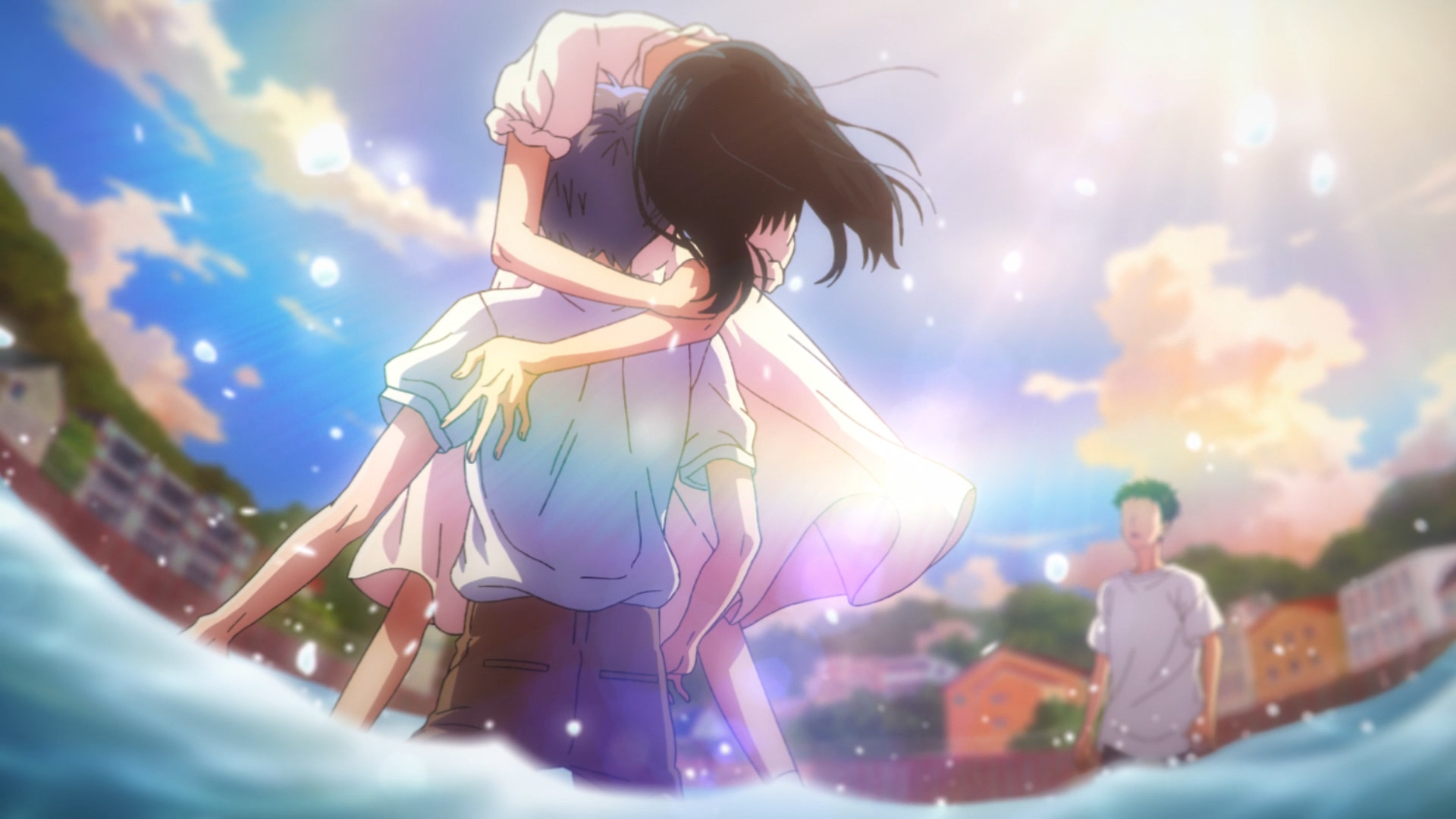

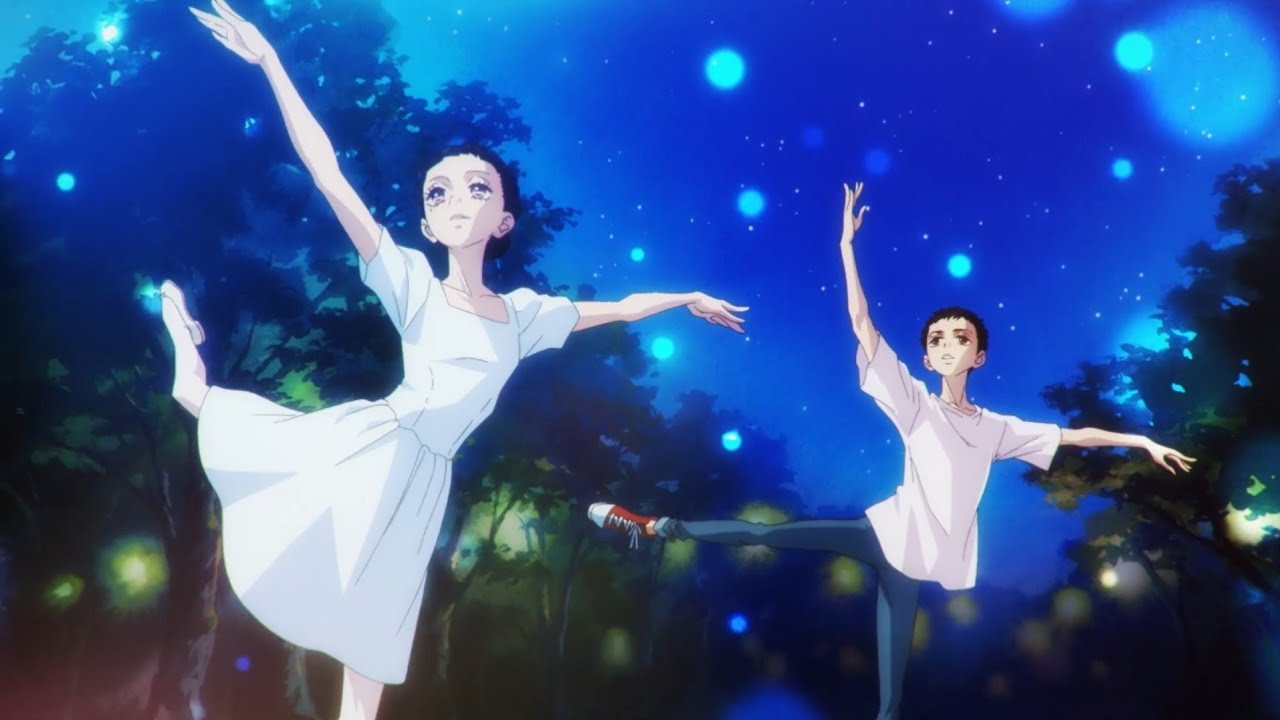
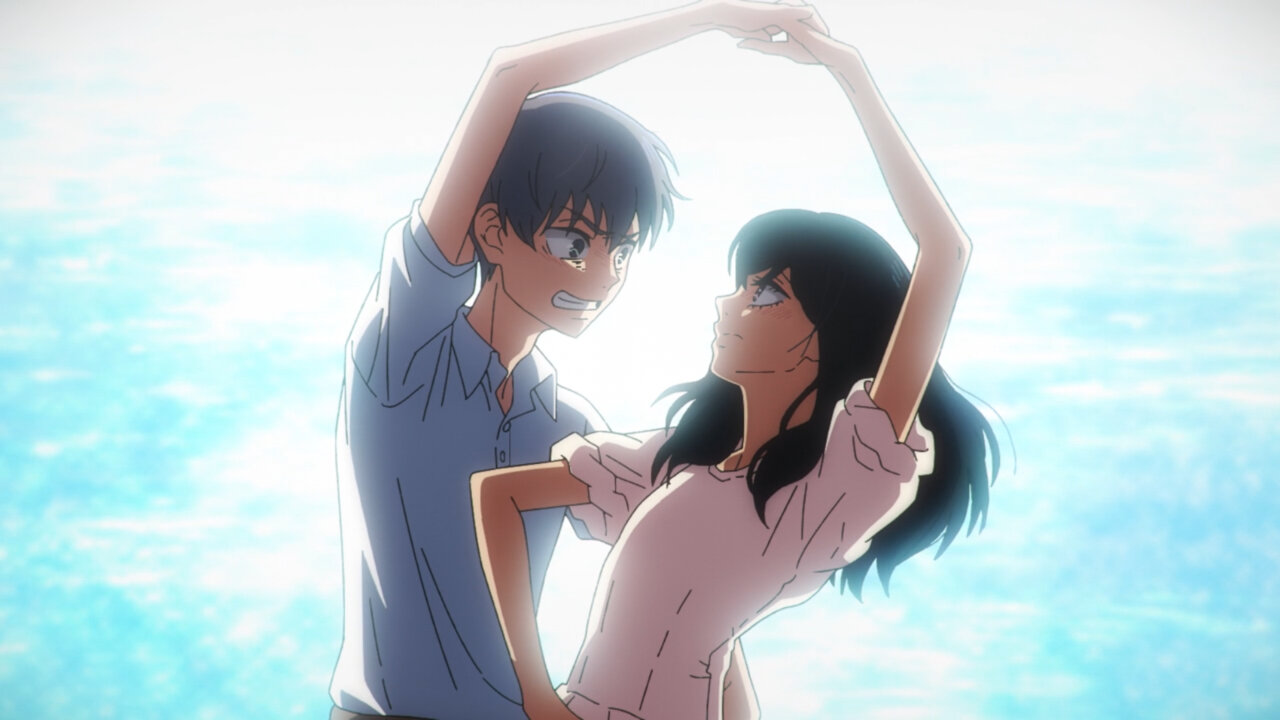
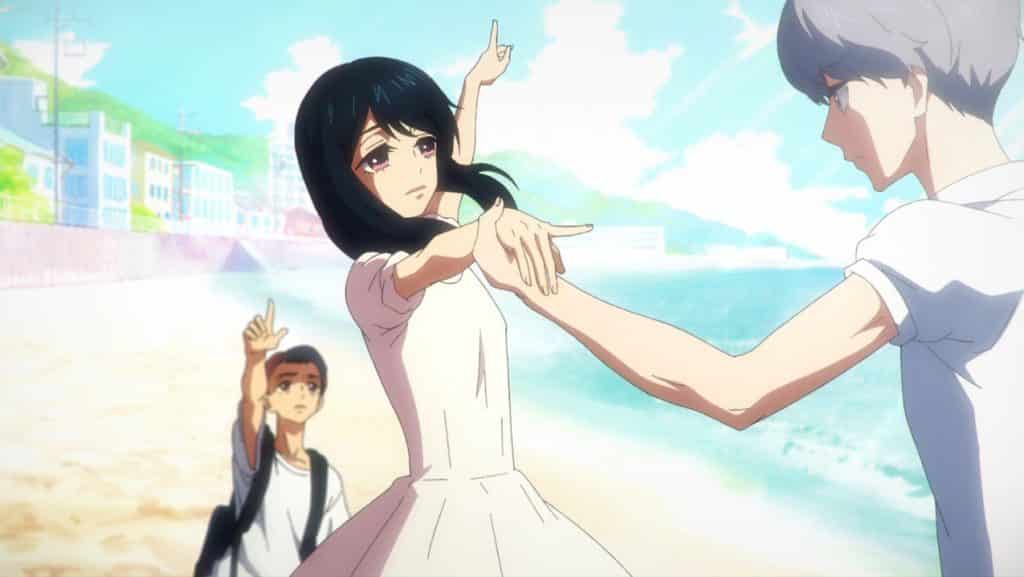

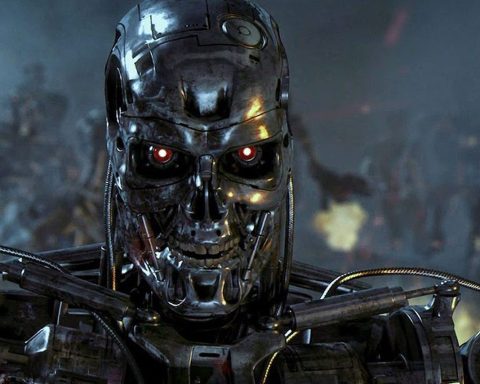
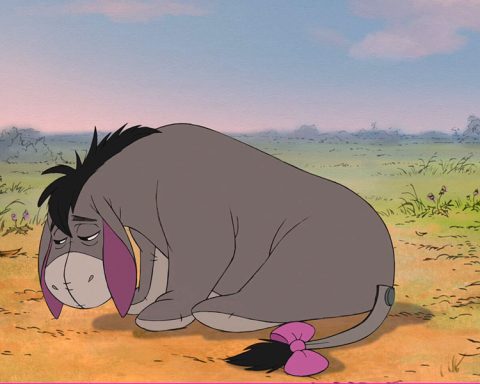
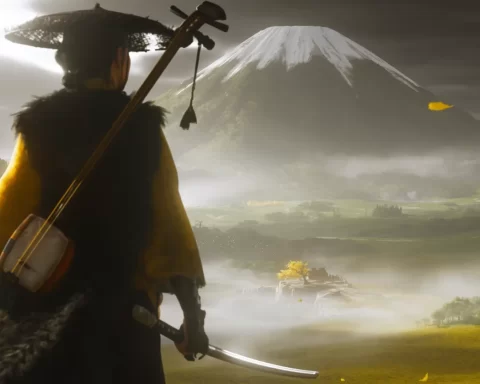
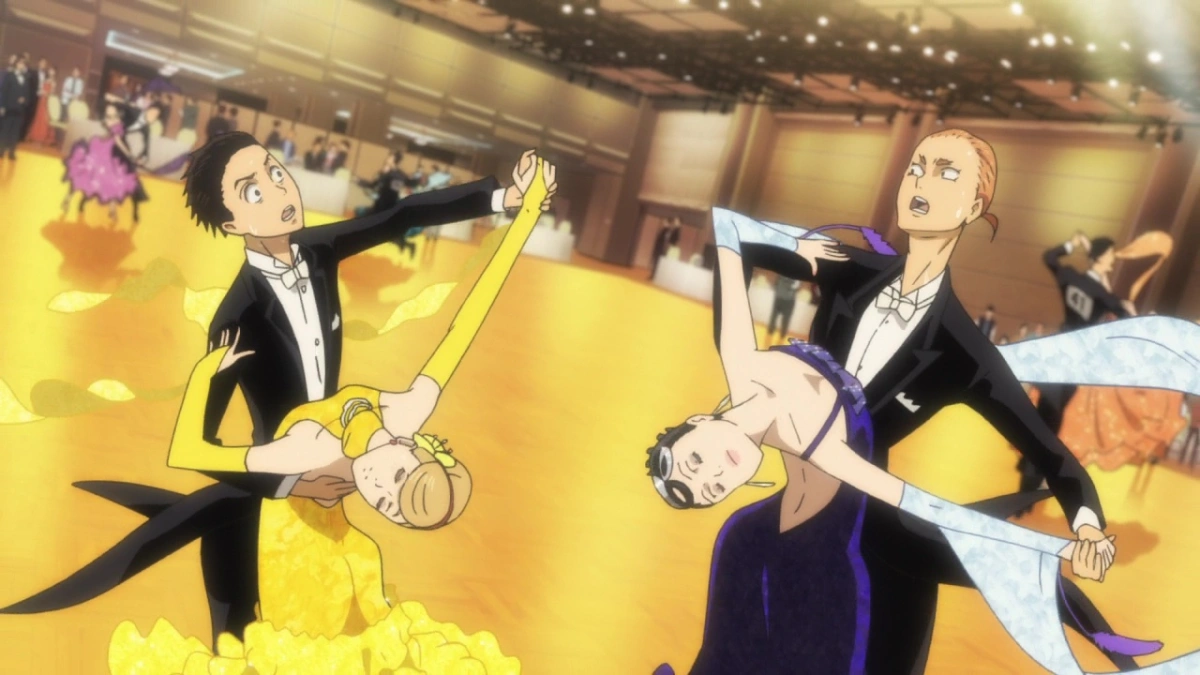
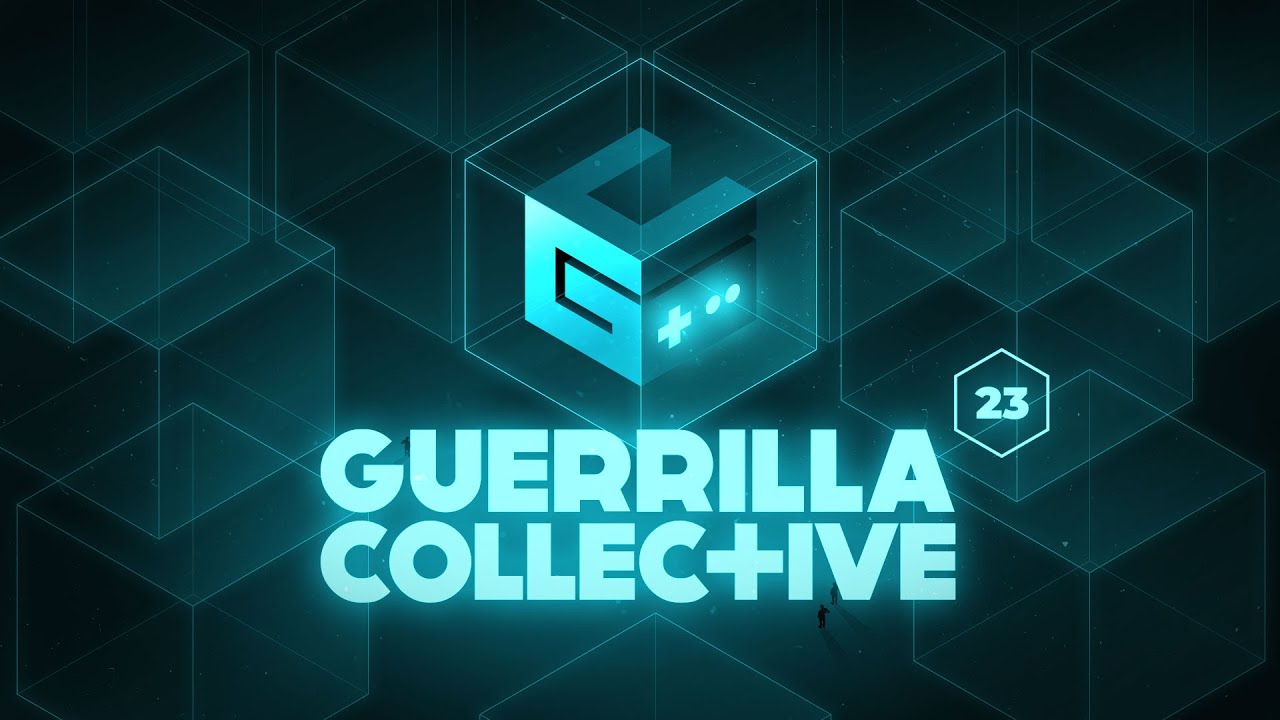





One of the things that impeded my suspension of disbelief in sports anime is that many have them display absurd skills, borderline dragon ball levels of power in a competition between teenagers.
But these days you have soccer players at 20 years old or under, playing in the best professional teams, being part of financial transactions in the dozens of millions of euros… It’s anime. These people indeed started preparing when they were ten or younger.
The entertainment industry has become so lucrative it turned highly exclusive (monopolistic) and thus, highly competitive. Imagine if we lived in a society where talent and dedication was enough…
Instead professionals have to compete against each other for a salary, someone needs to lose, and an exceptional talent and their experience goes to waste
I’m less worried about the people that make it – they are exceptionally talented after all, and making the most of those talents.
What not enough people think about is all those kids who start training as 5, 6, 10-year-olds, put their entire youth into the sport, and then fail to convert that to professionalism. They generally have to put their education and intellectual development to a side to do it, and so they end up adrift and doubly stuck by capitalism. There’s many more of them than there are those that can move from amateur to professional athlete or artist.
There’s an anime in that too… but it would not be a pleasant one to watch.